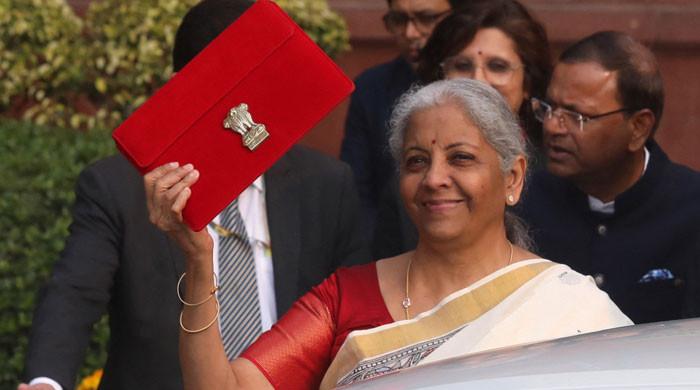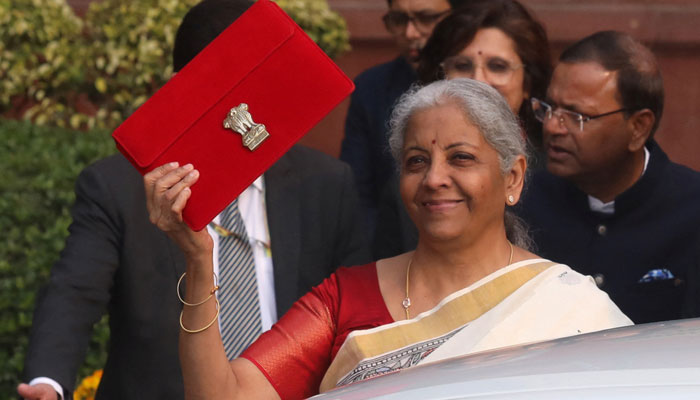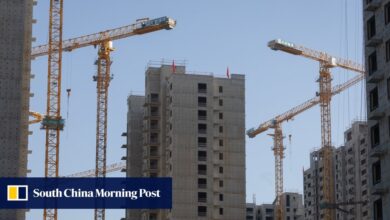India eases taxes for middle-class as it eyes lower deficit

India’s Finance Minister Nirmala Sitharaman on Saturday announced plans to cut personal income tax rares during the annual budget reveal in a bid to bolster middle-class spending power.
This move comes as the world’s fifth-largest economy grapples with its slowest growth in four years, impacted by weak urban demand and faltering private investment.
Additionally, high food inflation has further strained disposable incomes.
The 2025-26 budget aims to implement “transformative reforms in taxation,” benefitting the poor, youth, farmers, and women.
The government said people earning up to ₹1.28 million ($14,800) per year will not have to pay any taxes, raising its threshold from ₹700,000. It also lowered tax rates for people earning above the new threshold, with the measures to cost around ₹1 trillion in tax revenues, Sitharaman said.
The government, however, continued to improve its finances, targeting a fiscal deficit of 4.4% of GDP in 2025-26, down from a revised 4.8% of GDP in the current year.
The government will borrow ₹14.82 trillion ($171 billion) via the bond markets to fund this year’s fiscal deficit.
To balance the revenue lost, the government has budgeted for a modest increase in capital spending this year, which will rise to ₹11.21 trillion in 2025-26 compared to a revised 10.18 trillion in the current year.
Long-delayed reforms sought
The country’s chief economic adviser, in a report released on Friday, forecast India’s economy would remain sluggish in the fiscal year beginning April 1, advocating long-delayed reforms in areas such as land and labour to boost medium-term growth.
While near-term growth is in line with the 10-year average, India needs a growth rate of 8% to meet its longer-term economic goals and create enough jobs for its large, youthful population.
Economists have suggested the government ease the burden on individuals through tax cuts on income and energy products and to build on the $24 billion programme of job creation schemes announced in the first post-election budget in July.
The Nifty 50 and the BSE Sensex swung between gains and losses as the finance minister presented her budget. They were both last trading down 0.1% at 23,491 points and 77,443 points, respectively, as of 12:23pm IST.
Focus on farm, manufacturing and financial sector
India has faced a bout of high food inflation over the past year. Retail inflation in December eased to a four-month low of 5.2% but inflation in food, which accounts for nearly half of the consumption basket, continued to remain high at 8.39% in December.
To boost productivity across the farm sector, the government will launch a national mission to push high-yielding crops, with a special focus on pulses and cotton production.
To help farmers, the limit for subsidised credit has been raised to ₹500,000 Indian ($5,778) from ₹300,000 earlier.
The government will also launch missions to push manufacturing and exports, Sitharaman said, without going into details.
India has long aimed to boost the share of manufacturing and exports in its economy but has had little success. The share of manufacturing in the economy has remained close to 17%, short of its long-standing goal of 25%.
To deepen the penetration of insurance in the economy, the foreign direct investment limit on insurance was raised to 100% from 74% currently.
Source link




